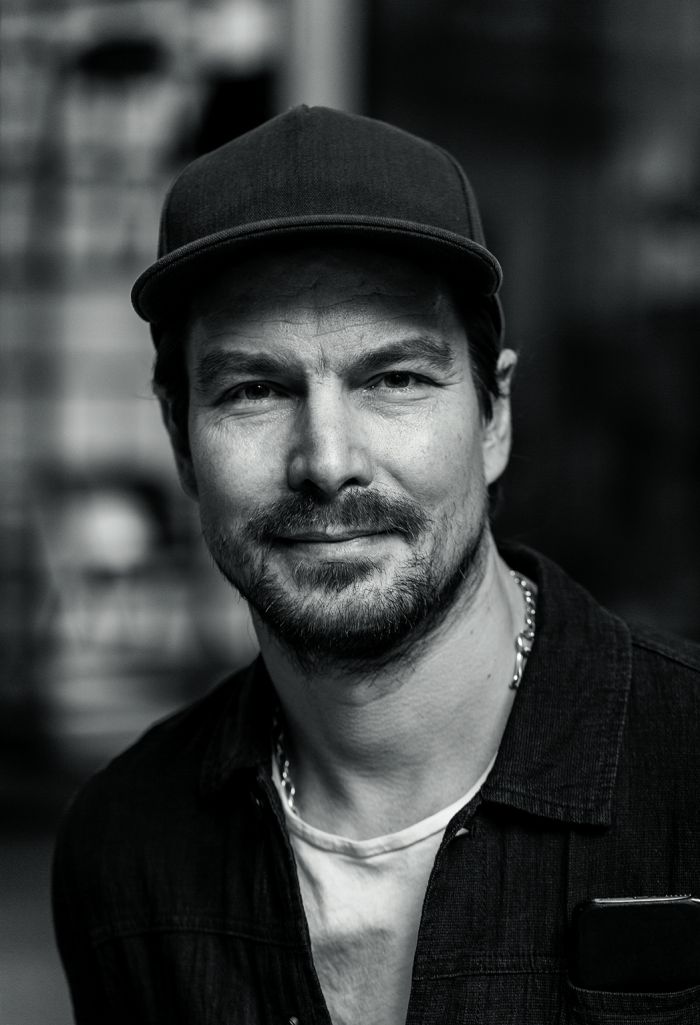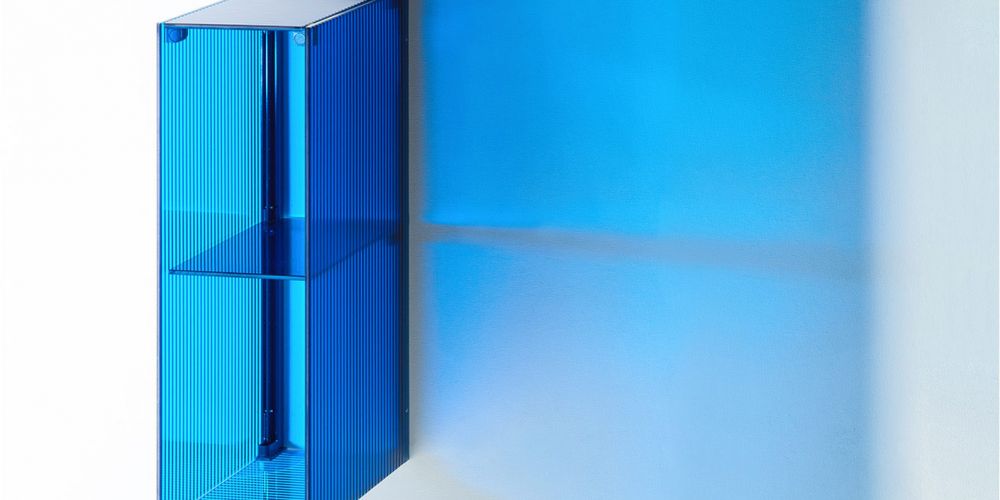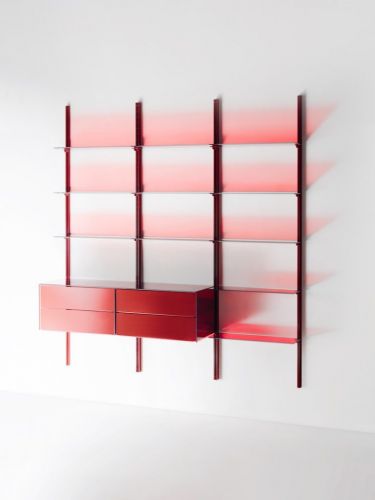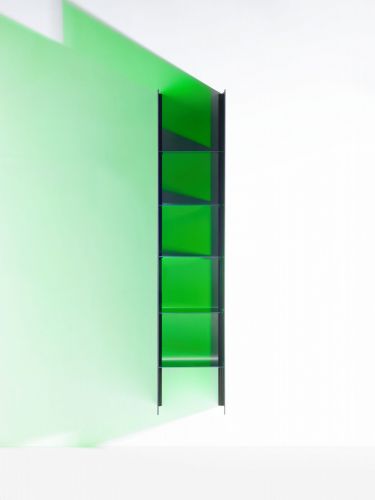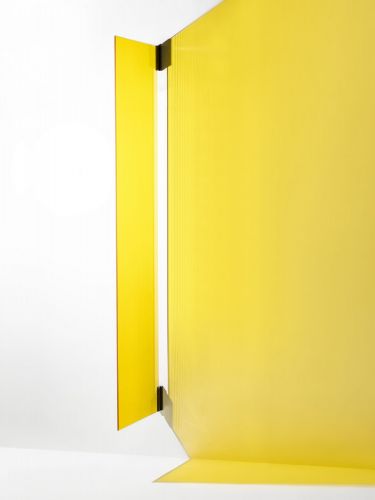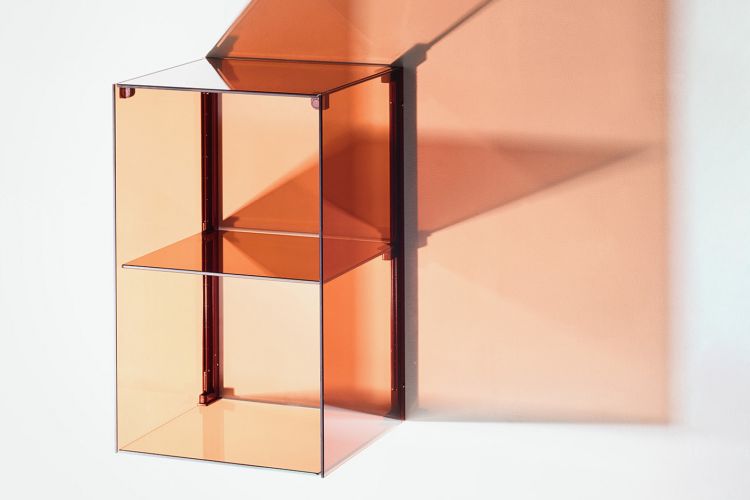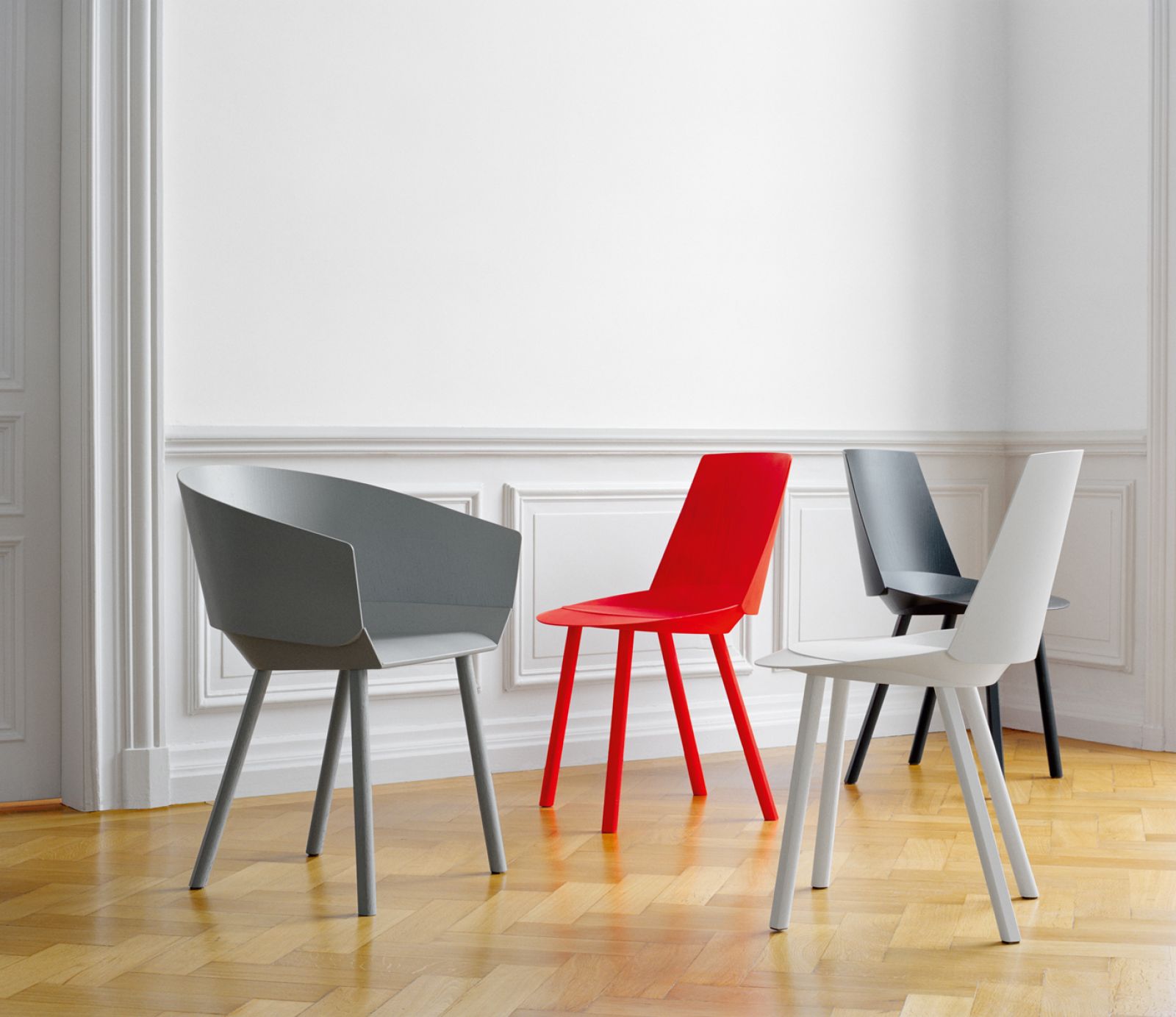new school
We enter a high, nearly finished and very promising looking presentation that takes up all the space the Museum für Angewandte Kunst has to offer. Finished products are presented next to models and prototypes, which Diez Office has collected from the shelves of its Munich workshop. And a lot of work it is. Looking back at 15 years of practice in a setting like thi,s carries the weight of a milestone. Aged 46, Diez boasts a large portfolio of chairs, office furniture, lighting, tableware and kitchen utensils, which he designed for a variety of brands, including e15, emu, Hay, Magis, Rosenthal, Thonet, Vibia, Wagner and Wilkhahn. He is surely one of the most productive contemporary German designers, definitely new school and very successful. Perhaps even a star designer.
